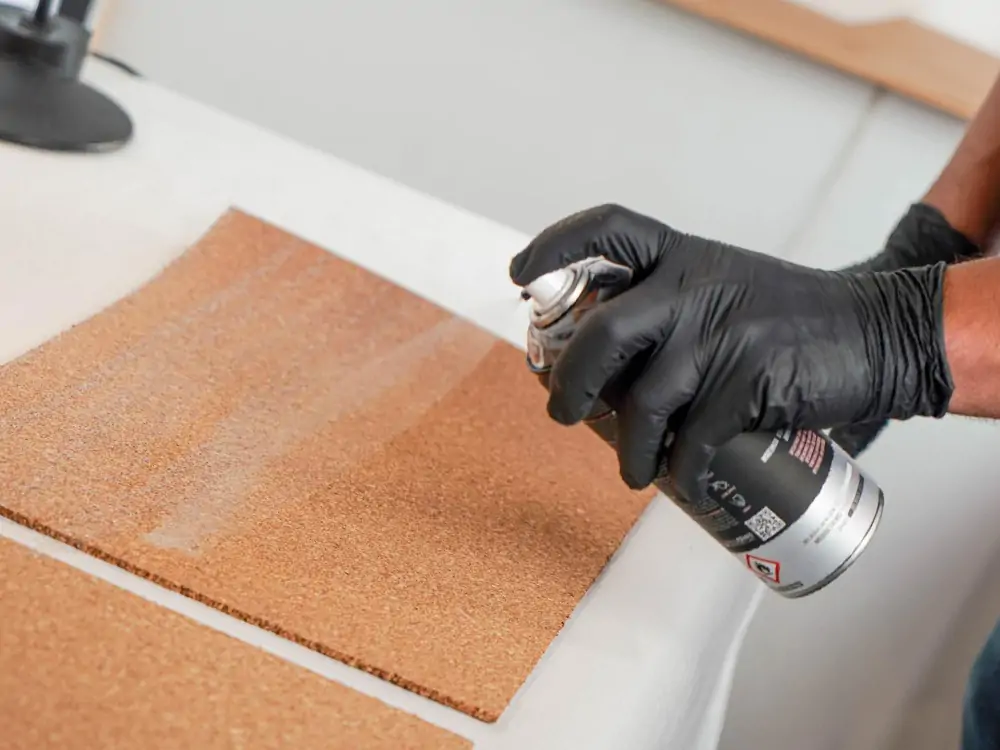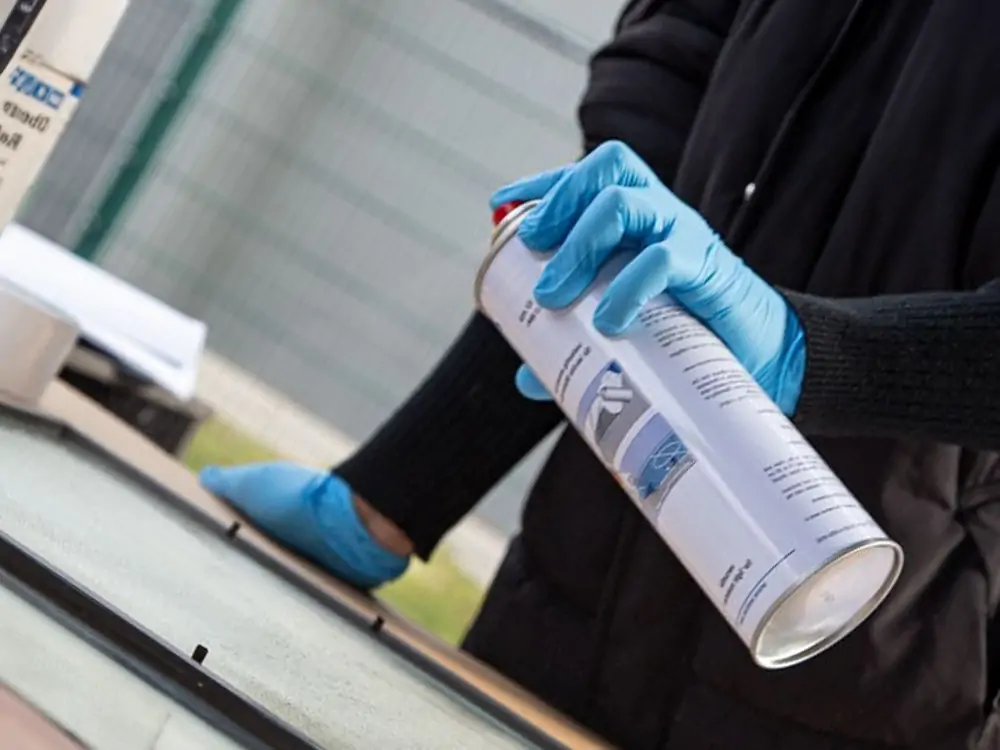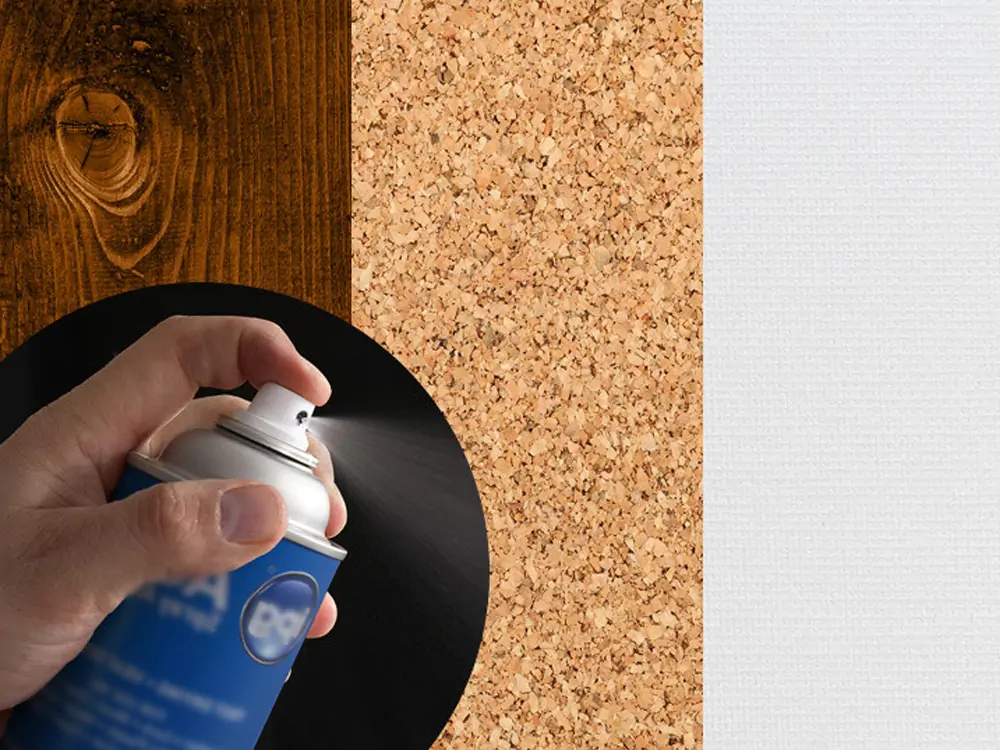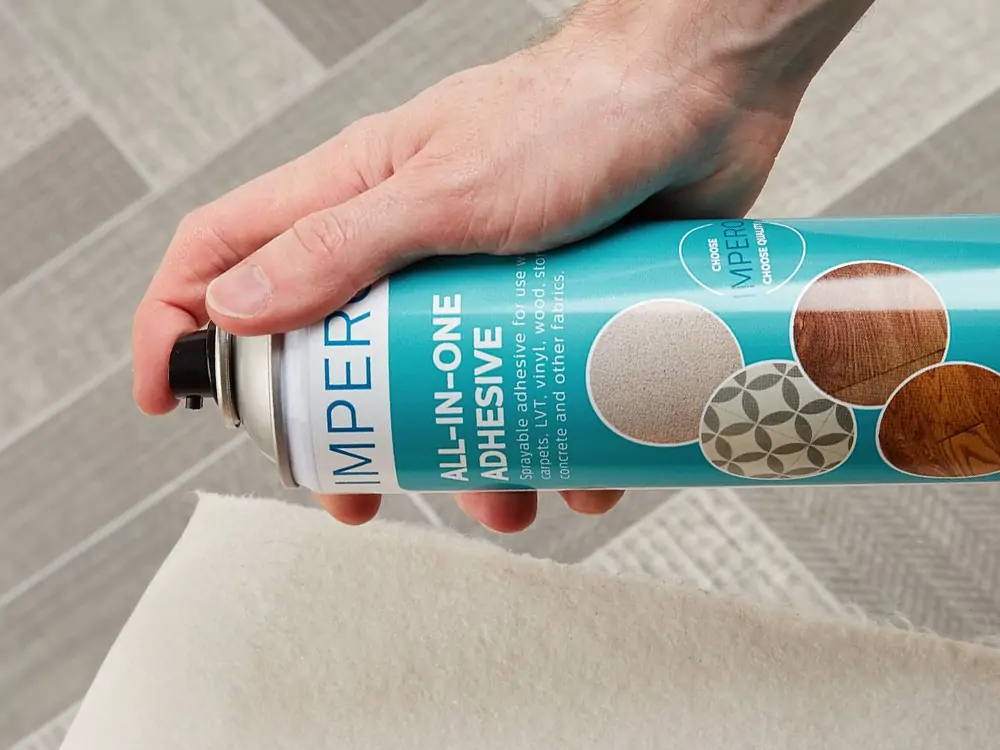Learn types, applications, and tips for strong bonds. Ideal for DIY enthusiasts and professionals. Spray adhesive is an excellent tool for gluing plastic together. Whether you are a DIY enthusiast or a professional, learning how to use them properly will make your projects look better and last longer. Here are some simple tips to help you get the best results.

What is a spray adhesive?
Simply put, this is a glue you can spray quickly and easily! If you’re like me and love spray painting, you got excited when Shalini found the spray paint at Crafters Corner!
What are spray Adhesives Used For?
Spray glues are suitable for a wide variety of applications. It is often used for craft work, repairing furniture and appliances, repairing leather or textiles, and other items.
Some sprays can be refilled, allowing for deeper penetration. Check the producer’s instructions to peer when you have one. Most sprays are dry and will not bleed or wrinkle, creating an invisible bond that retains its original look. The ease of use allows for multiple coats without problems, creating an intimate bond with no extra drying time.
Spray glue can bond wood, steel, acrylic, foam, fabric, paper, leather, corkboard, glass, paper, rubber, and lots of plastics. Some spray glues are not encouraged for exposure to excessive temperatures or humidity, so check the commands earlier than use. Spray glues work well for repairing wood and other everyday household items.
What Types of Spray Adhesive are there?

Spray adhesives are available in various strengths, and a selection of adhesion-level scans can be customized for particular projects.
Standard-use spray glue is the appropriate desire for everyday use and crafting. With excellent intensity, it dries clear and clean and will not turn yellow with age, making it ideal for simple household items and projects but ideal for indoor applications, because UV or sun infusion gives it a yellow color. Do you want a spray with a bit of extra hold? Find the best-performing spray glue that is meant for the job.
Its advanced bonding power successfully bonds most family substances, together with timber, steel, acrylic, foam, cloth, glass, and plastics. More stringent requirements, such as wrapping heavy items such as indoor/outdoor upholstery, carpet, trim, or heated packaging increasing demand require a new, easier-to-use fabric. Sprayidea Spray Adhesive Professional Performance Is designed for heavy bonds traumatic.
Choose the Right Adhesive
Not all sprays are the same. Some are good for lightweight applications, while others are thick enough for maximum use. When working with plastic, choose an adhesive designed for plastic products. This will lead to robust and lasting dating.
How to apply spray Adhesive
Spray glue is easy to use, but you do need to know how to clean, apply, and clean after use. No worries, follow these steps for a quick and powerful connection:
1. Prepare earlier than you use:
Choose a nicely ventilated vicinity and a workspace with good enough space. Sprays may be messy, so cover tables or benches with defensive blankets or paper to keep matters grimy. The packaging must be clean, dry, and free from oil, wax, paint, or residue. Examine the parts to be assembled and check in shape Clean any debris or particles that prevent proper sealing.
2. Prepare the glue:
Spray glue is sensitive to heat, so apply an adhesive between 65°F and 95°F. Sprayidea Spray Adhesives have a sealed protective layer. Turn the spray nozzle so the black spot is parallel to the nozzle for a smooth spray. Shake the bottle vigorously before use.
3. Apply spray glue:
Hold the bottle upright with the valve pointing in the direction you want to tie it. Also, apply adhesive to both surfaces. Keep them 8-10 inches apart when spraying. If you spray too much, it can cause accumulation and “puddling”. Keep the bottle moving to get a consistent coat. You want to avoid rubbing spray glue on the edges of one of the sheets to prevent any damage. If you expect to restore the surfaces during packing, apply only a light original coat. If you need to add another coat, apply it immediately before the first coat dries.

4. Put the pieces together:
Wait 2 to 3 minutes after spraying (see product instructions for drying time information). The glue should be sticky. Hold the parts in place with gentle but firm pressure Spray glues dry quickly. The bond should be tightened in just a few minutes. Leave undisturbed at night for a full recovery in communication.
5. Cleaning and storage:
After use:
- Tilt the bottle upside down and spray quickly to clean the valve and mouthpiece.
- Clean off any residue or buildup with turpentine and mineral spirits, then wipe thoroughly with a dry cloth and replace the cap.
- Store the bottle in a safe, dry area at room temperature.
5. Cleaning and storage:
After use:
- Tilt the bottle upside down and spray quickly to clean the valve and mouthpiece.
- Clean off any residue or buildup with turpentine and mineral spirits, then wipe thoroughly with a dry cloth and replace the cap.
- Store the bottle in a safe, dry area at room temperature.
6. Wait earlier than you move:
After spraying the adhesive, push the plastic pieces together for a few seconds. This makes the adhesive stickier, assisting it to Adhesive better by observing the instructions on the bottle for the first-class consequences.
7. Press it down hard
Once the adhesive is sticky, press the plastic pieces together. Use even pressure to ensure a good bond. Compressing the plastic with a roller or thin object can remove air bubbles.
8. Let it become a snowflake:
Press the pieces together and let the adhesive dry completely. This can take several hours, depending on which spray you operate. Avoid moving or using the plastic until it is completely dry to maintain a strong bond Store the Adhesive Properly.
Store your spray in a groovy, dry vicinity to preserve it in top condition. Ensure the cap is securely applied to prevent the adhesive from drying. Proper storage will make sure your adhesive lasts longer and plays higher on future projects.
9. Practice Makes Perfect:
Using a spray may take some practice. Keep going even if the first few attempts aren’t the best, The more you use it, the better it will be to apply it more accurately and develop a stronger bond.
10. Safety Tips:
Always use spray in a well-ventilated area to prevent fumes from breathing. Wear gloves to protect your hands and wash very well after use. Keep the adhesive away from open flames and warmth, as it may be flammable.
Following these tips, you can use spray paint to create a solid and lasting bond with your plastic projects. Whether running a simple DIY project or a professional project, these steps will help you achieve more significant results every time. Happy craftsmanship!
Tips on Using Spray Adhesive
Spray adhesives are exceedingly useful for quite a few applications. If you use spray paint for these projects, be sure to follow these four tips and other precautions from manufacturers and experts!
Cover exposed pores and skin or wear suitable shielding gear, together with respiration protection gadgets, to save you from spraying. Work in nicely ventilated regions to stabilize the airborne sprayer debris. Adequate airflow is critical to prevent the build-up of solvents in the air. Wait until the spray dries before tackling spray-painted jobs.
Ensure surfaces are smooth and dry before use; otherwise, the spray glue will no longer bond properly. Spray adhesives are fantastically beneficial for plenty of programs. If you use spray paint for these projects, be sure to follow these four tips and other precautions from manufacturers and experts!

Unveiling the Power of Spray Adhesives:
Benefits, Applications, and Where to Find Them
Welcome to our weblog, in which we delve into the interesting international world of spray paint. From its versatility to its many benefits, we explore why sprays have become a popular choice for packaging in various industries. Whether you are a DIY enthusiast, craftsman, technical geek, or looking for reliable adhesive solutions, this blog is your comprehensive guide. We’ll discuss the benefits of sprayers, highlight their various uses, and show you a trusted online resource to find a complete selection. Get ready to unveil the secret behind this simple, powerful fastening solution that can take your business to the next level.
Tips for Best Results
- Practice First
- Use in Layers
- Keep the Can Clean
Different Types of Spray Adhesive
There are four basic types of sprayers. What job needs to be glued on, and how do you want to apply the material?
Heavy-duty spray
- Multi-use sprayer
- Spray coatings work on many surfaces.
- Epoxy spray adhesive dries quickly but is not effective in porous areas
- Rubber cement spray adhesive is suitable for temporary use
- Polyurethane spray adhesive glues almost anything, great for heavy-duty applications
Make sure you know which method is best for your project! In addition, there are keywords. For example, if you are running leather or vinyl, a special coating made exclusively for the material should be of high quality. Also, if your projects require immediate contact without attention to drying or curing, like any rubber cement, a quick epoxy solution could be right up your alley
Conclusion:
Using dispersants for the plastics industry can be reasonably simple and effective. You can build a strong and lasting relationship by choosing the right cover, preparing your office, and taking the steps to use it properly. Remember to implement and follow safety precautions to ensure the best results. Whether you are a DIY enthusiast or a professional, these suggestions will help you succeed in your plastic tasks. Enjoy the craft, and enjoy the pleasure of a process well finished!
